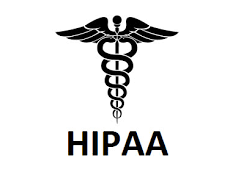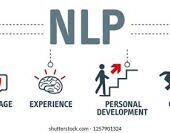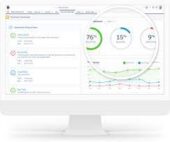Healthcare marketers face the dual challenge of reducing costs and driving revenue, with the added responsibility of dealing with matters of life and death. Balancing these demands while prioritizing the well-being of patients and members requires a core focus on personalization in healthcare marketing strategies. Marketing Strategies for Healthcare can save lives and money.
Despite the challenges, new technologies are ushering in stronger communications that benefit both healthcare organizations and those in need of care.
Marketing Strategies for Healthcare
Here are five ways a personalized healthcare marketing strategy can keep patients and members engaged and informed, spanning from acquisition to coordination:
1. Service Line Optimization:
Service line optimization streamlines healthcare providers’ identification of the appropriate department for their patients. Thereby ensuring efficient and tailored care. This approach mirrors traditional multi-channel engagement and journey optimization. Simultaneously reaching patients through personalized messaging across various channels.
Real-world Example:
Ochsner Health utilized Salesforce Marketing Cloud to unify data sources and implement personalized email campaigns. Amazingly resulting in a 10% year-over-year increase in CRM-driven appointments and a 34% year-over-year increase in CRM-based revenue.
Key takeaway: Personalizing healthcare marketing strategies enhances patient care and reduces administrative burdens.
2. Personalized Outreach for Appointment Adherence:
Appointment adherence is a significant challenge for healthcare providers, with 18% of patients no-showing for appointments. Painfully costing providers over 0 billion annually. Personalized patient journeys, utilizing Salesforce Marketing Cloud, ensure patients are prepared for procedures through tailored communications, reducing no-shows. And increasing patient satisfaction.
Real-world Example:
Memorial Hermann replaced a generic 44-page guidebook with personalized checklists and timely reminders, resulting in improved patient preparation and engagement.
Key takeaway: Personalized outreach increases appointment adherence and patient preparedness.
3. Complete Customer View for Medicare Providers and Payers:
Finding suitable Medicare coverage is a complex task for those approaching retirement. Personalization helps healthcare payers build relationships. By providing plan recommendations based on medical history and sending updated recommendations when members change providers.
Key takeaway: Personalized outreach helps retain members by offering tailored recommendations and proactive engagement.
4. Personalization Creates Increased Member Satisfaction and Better Star Ratings:
Maintaining high Medicare star ratings requires a year-round effort to drive better member experiences. Personalization, utilizing customer data and AI, prevents message fatigue by delivering relevant content, meeting members’ expectations, and solving their problems.
Key takeaway: Personalization contributes to higher member satisfaction and improved star ratings.
In the challenging landscape of healthcare marketing, the integration of personalization technologies emerges as a key strategy to enhance patient care, streamline operations, and achieve organizational goals.













